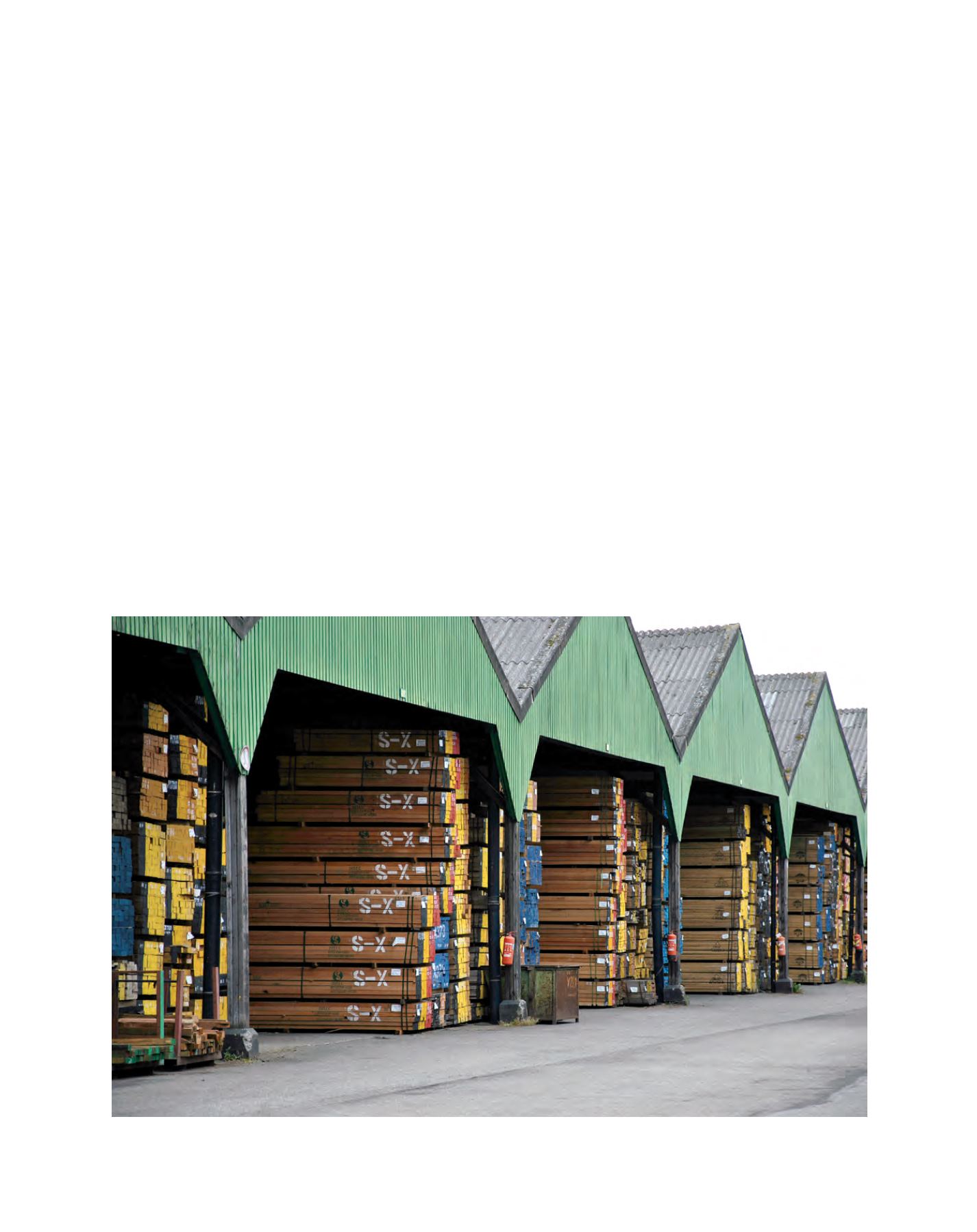

[
] 136
many ways and resource planners have to perform a
demanding balancing act to ensure economic, social
and environmental sustainability at local, regional and
national level.
A case study in Swedish Lapland illustrates the
challenges faced by various users of the same forest
resource for different purposes. Malå municipality
is located in the county of Västerbotten in Northern
Sweden. Forestry is one of the basic industries for
the development of society in this area and is thriv-
ing, together with electric power plants, a mining
industry, car testing, tourism and outdoor recrea-
tion. Alongside these activities, reindeer husbandry
has been present in the area for centuries. This places
competing demands on forest resources – as well as
the demand for timber, local indigenous Sámi rein-
deer herders need mature forests with winter lichen
in the winter grazing pastures for their animals, while
summer grazing areas need to provide food and cover
when the calves are still young.
Using the innovative Tool for Sustainability Impact
Assessment (ToSIA), the project was able to assess
contributions to local employment from both sectors
through their activities, influences on cross-sector
production costs, carbon sequestration and forest
growing stock. These assessments aimed to find out
what impacts different forest management practices
understand the wider consequences of their choices by illustrating
the different impacts different development scenarios can make. In
order to cover different aspects in a balanced way, each of the above-
mentioned dimensions matters.
Environmental sustainability in relation to forests, for example,
can be assessed with indicators like the amount of decaying wood,
the area of forests for remaining biodiversity use and production of
energy and greenhouse gas emissions from wood chips or timber.
The economic aspects can be assessed with indicators like local
added value and the production costs of wood-based products.
Employment and wages are typical indicators for social sustainabil-
ity but there are other possibilities too: for example, the number
of hunters, hikers or berry pickers to describe the importance of
recreation or the number of occupational accidents to show the level
of occupational health and safety. Comprehensive indicators like
carbon and water footprints can also be used when they can be
determined for a product.
All these indicators help planners and decision makers to study
how changes in the forest-based sector have an effect on different
aspects of sustainability – and how, in the end, they affect people.
For example, the Northern ToSIA project,
1
which assessed the
sustainability of forest-based activities in various northerly regions
as part of the EU’s Northern Periphery Programme, used different
sets of indicators to assess the impacts of alternative decisions in
forestry and regional development on forest wood-based chains.
These included tourism, the bioenergy sector and indigenous Sámi
reindeer husbandry livelihoods. The region’s forests are used in
Decisions affecting the forestry sector can have an impact a long way down the chain
Image: EFI
















